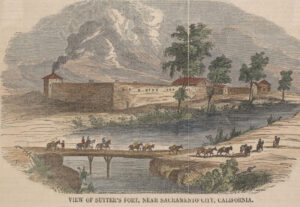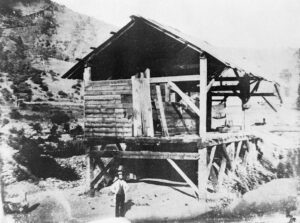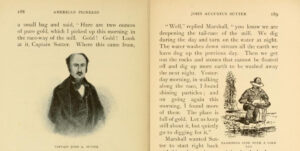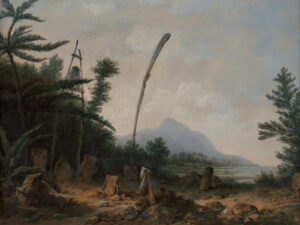
A pioneer with a dark side
From hero of the old West to racist colonialist: Opinion on Swiss pioneer Johann August Sutter has changed in recent decades.

Unsuccessful in Switzerland and in the USA

Glossed over and romanticised
Different perception from the 1980s onwards

Johann August Sutter
Johann August Sutter (1803 - 1880) emigrated to the USA in 1834 after his cloth and haberdashery business went bankrupt. But there too his commercial activities were unsuccessful. He had to move from place to place constantly, leaving behind mountains of debt each time. The USA soon became too hot for the conman, and so he turned southwards. In Mexico, the governor granted him around 200 square kilometres of land in the Sacramento Valley to settle. There, he founded the ‘New Helvetia’ colony. But this venture was not economically successful either. To cover his losses, Sutter forced indigenous slaves to work for him and used indigenous children as trading commodities. After California joined the United States in 1850, Sutter spent the rest of his life fighting for his land. To no avail. Although he did receive a pension for several years, there was never a positive decision regarding his land claims.



